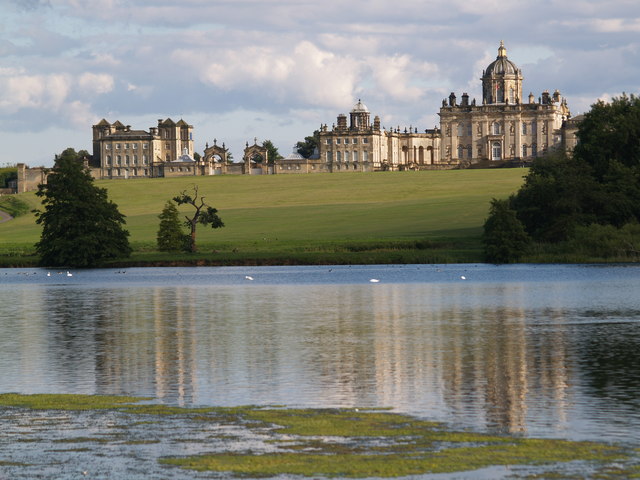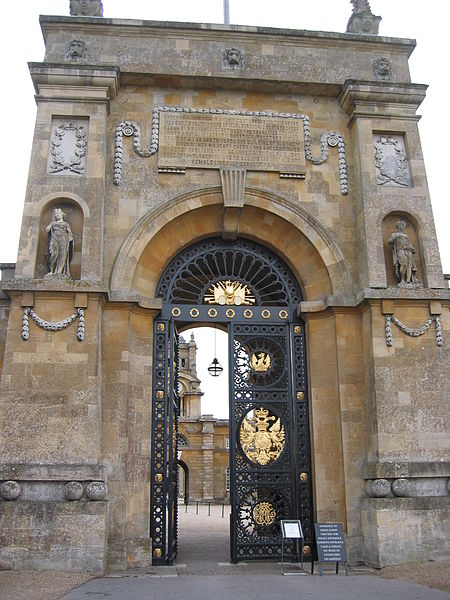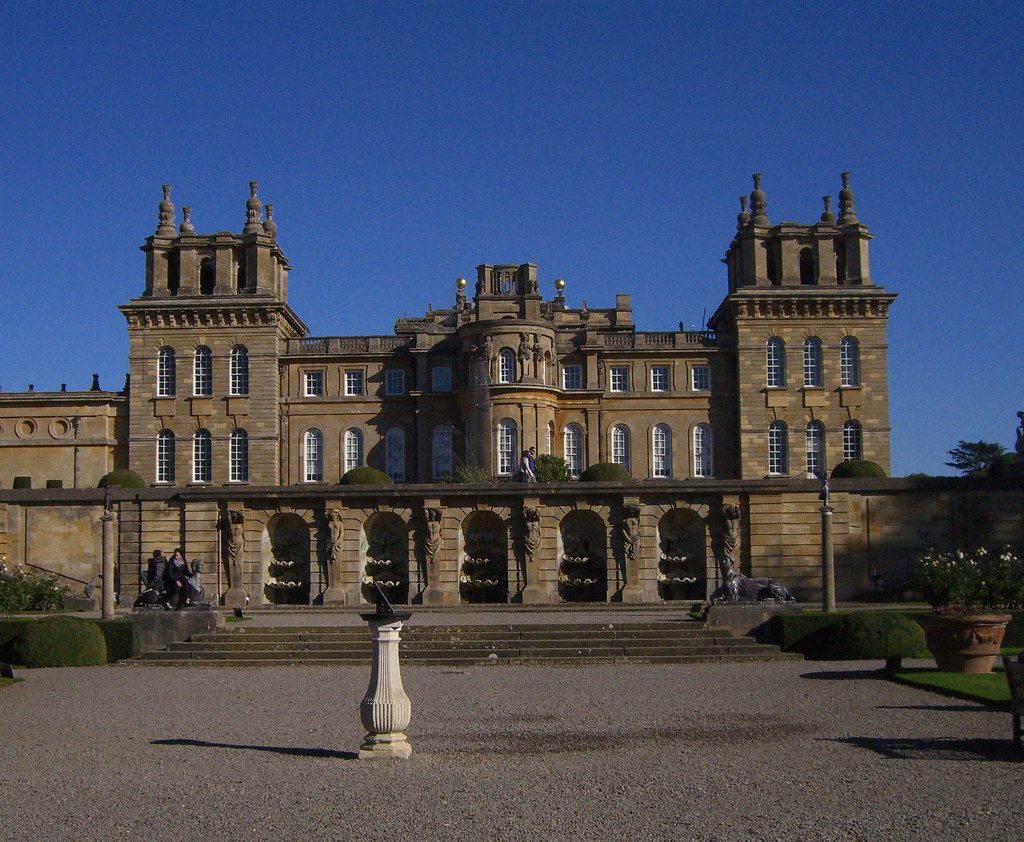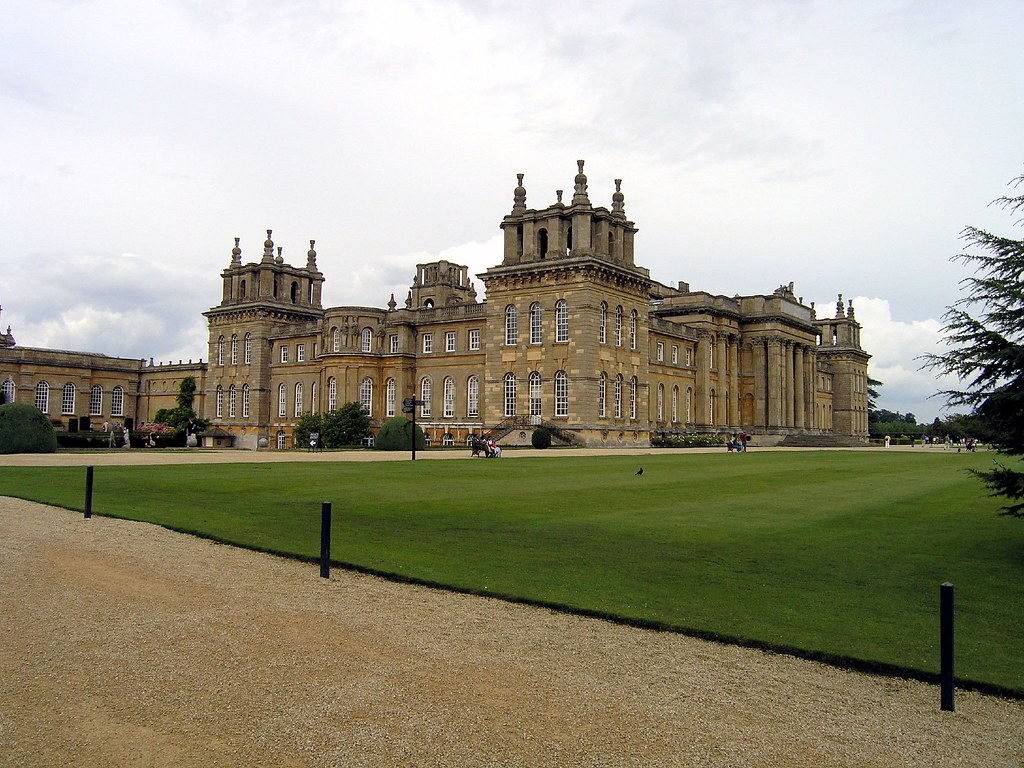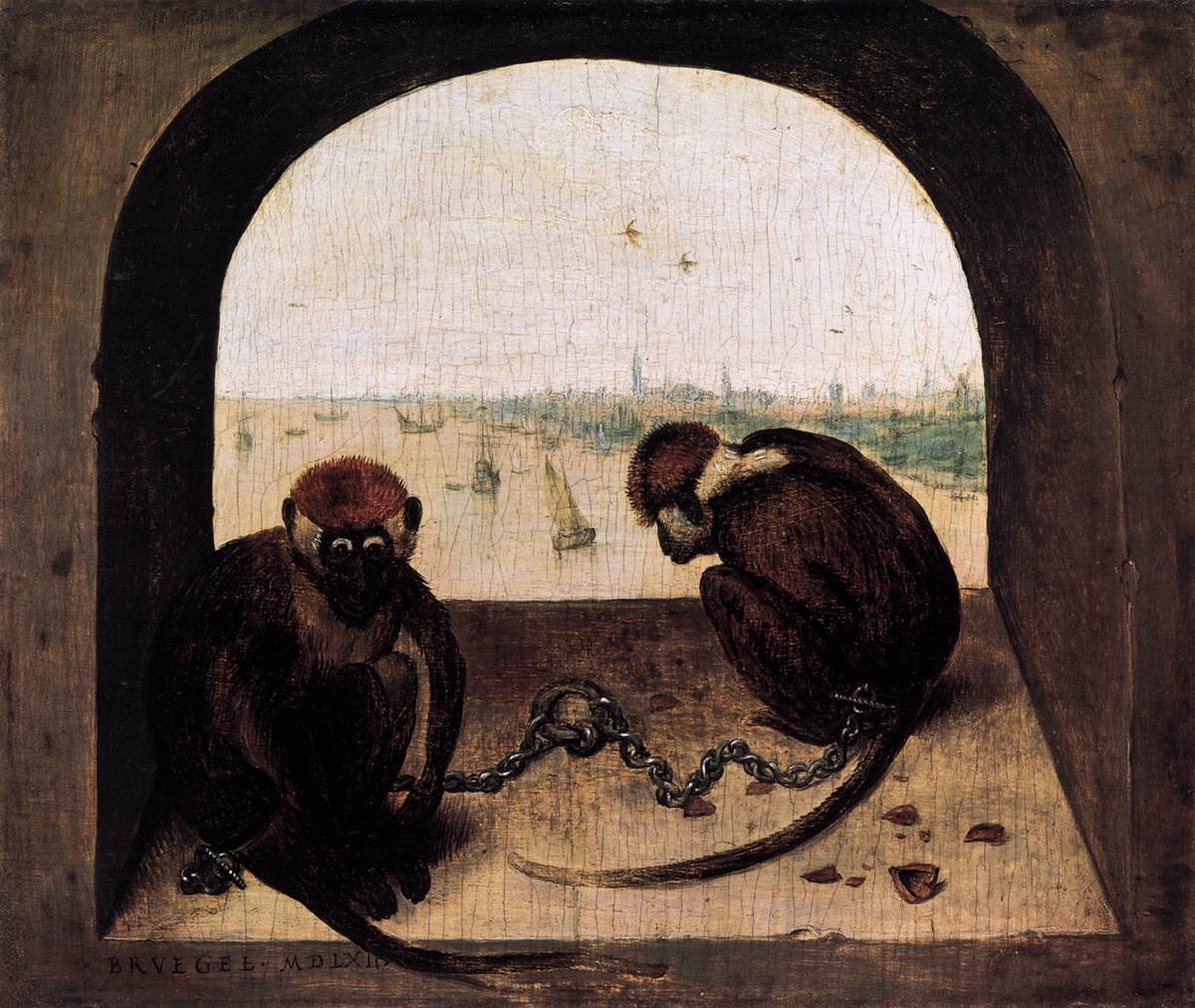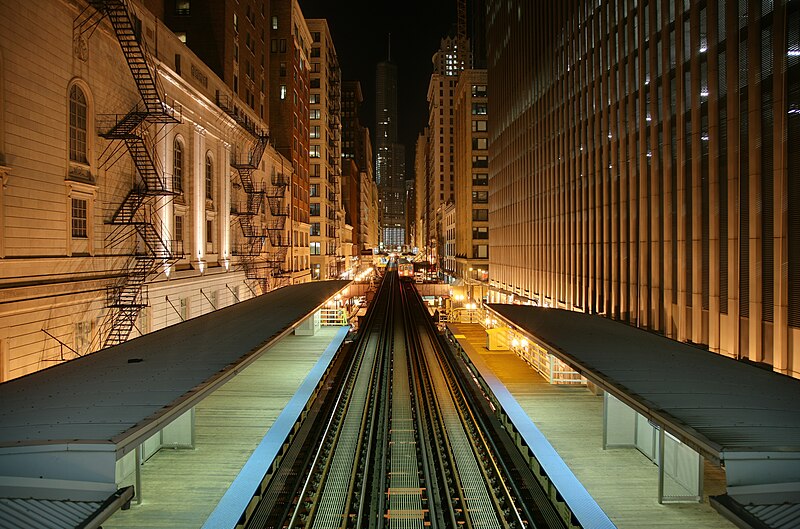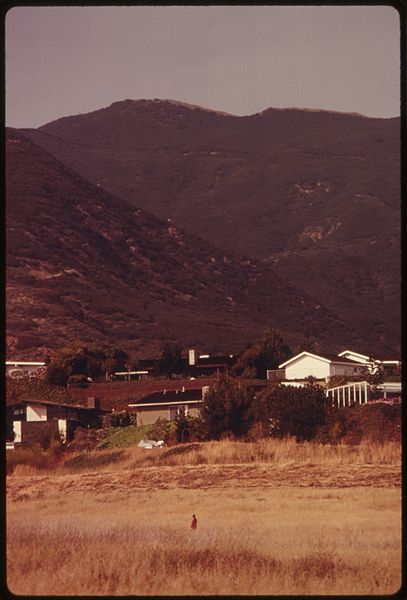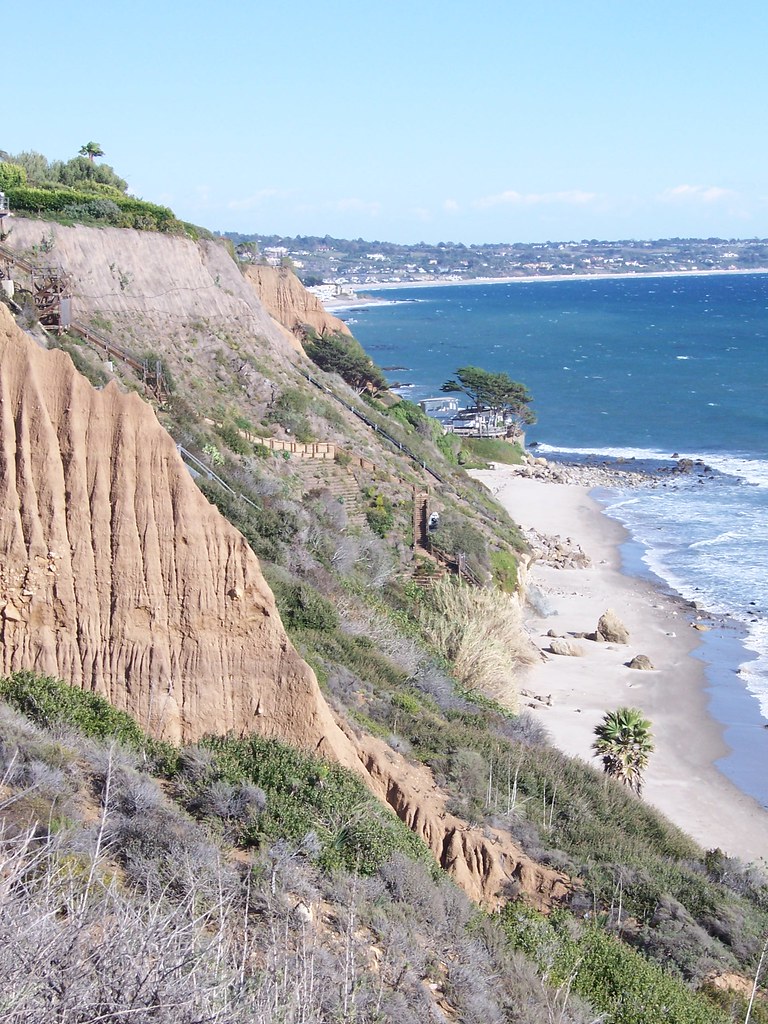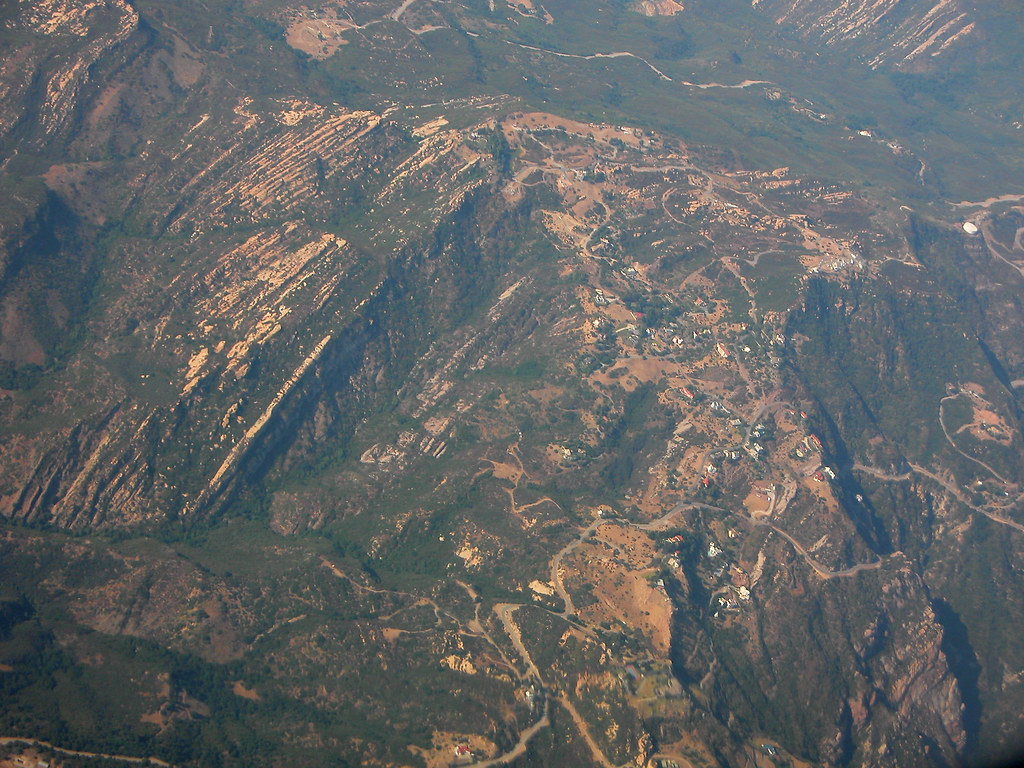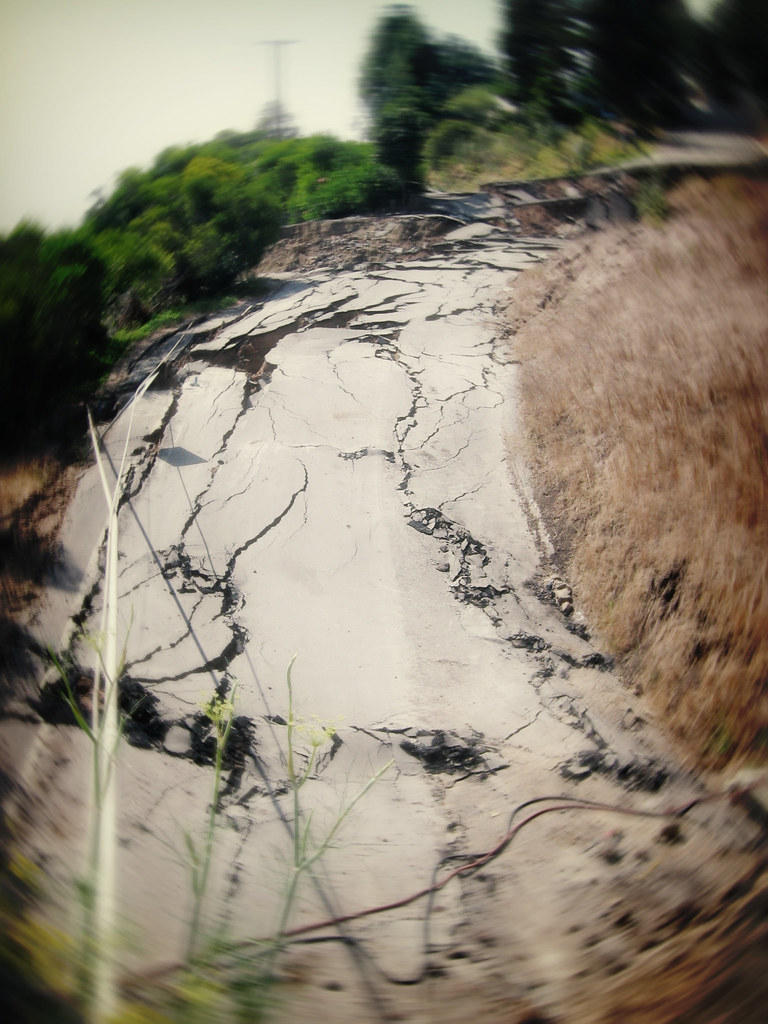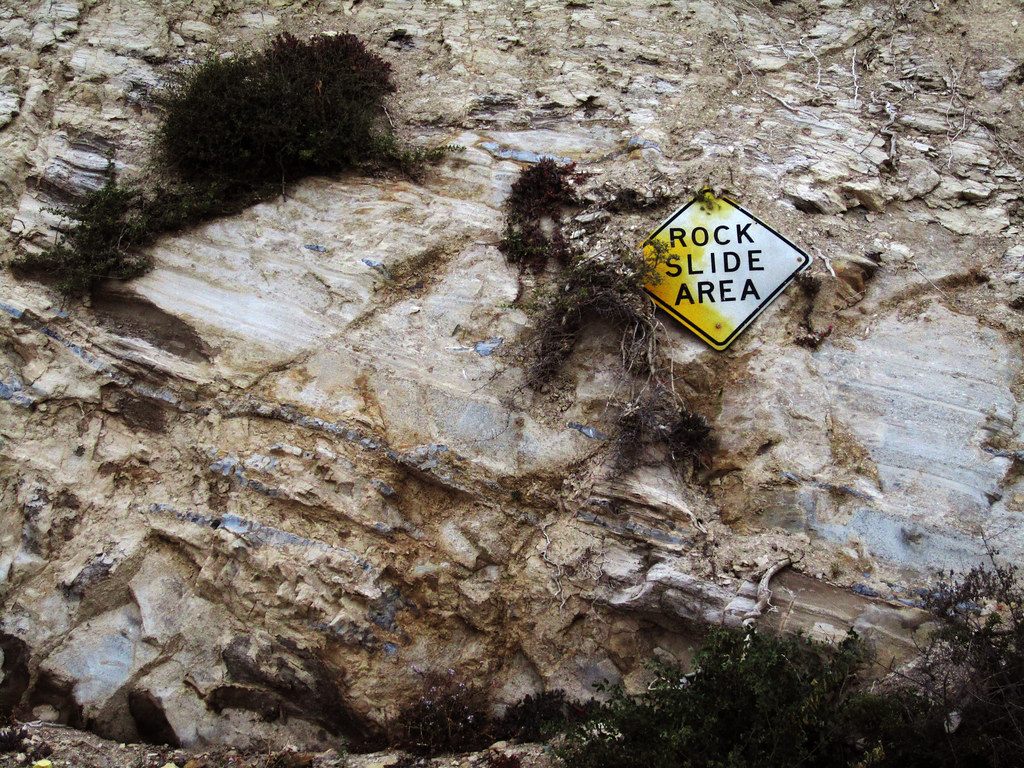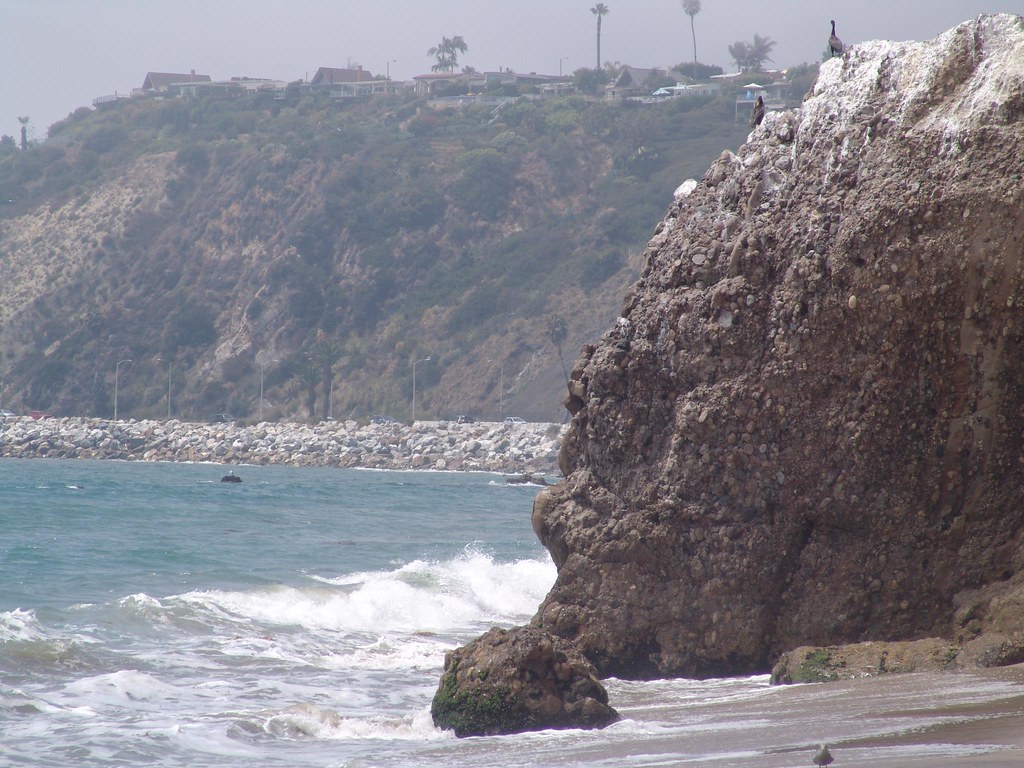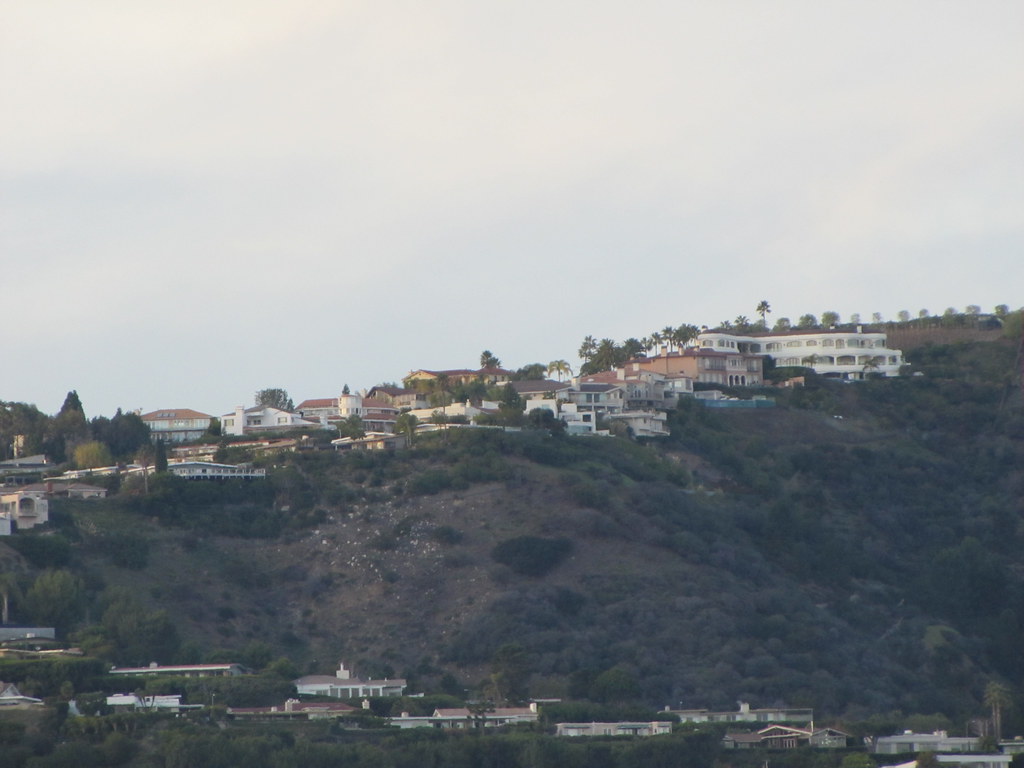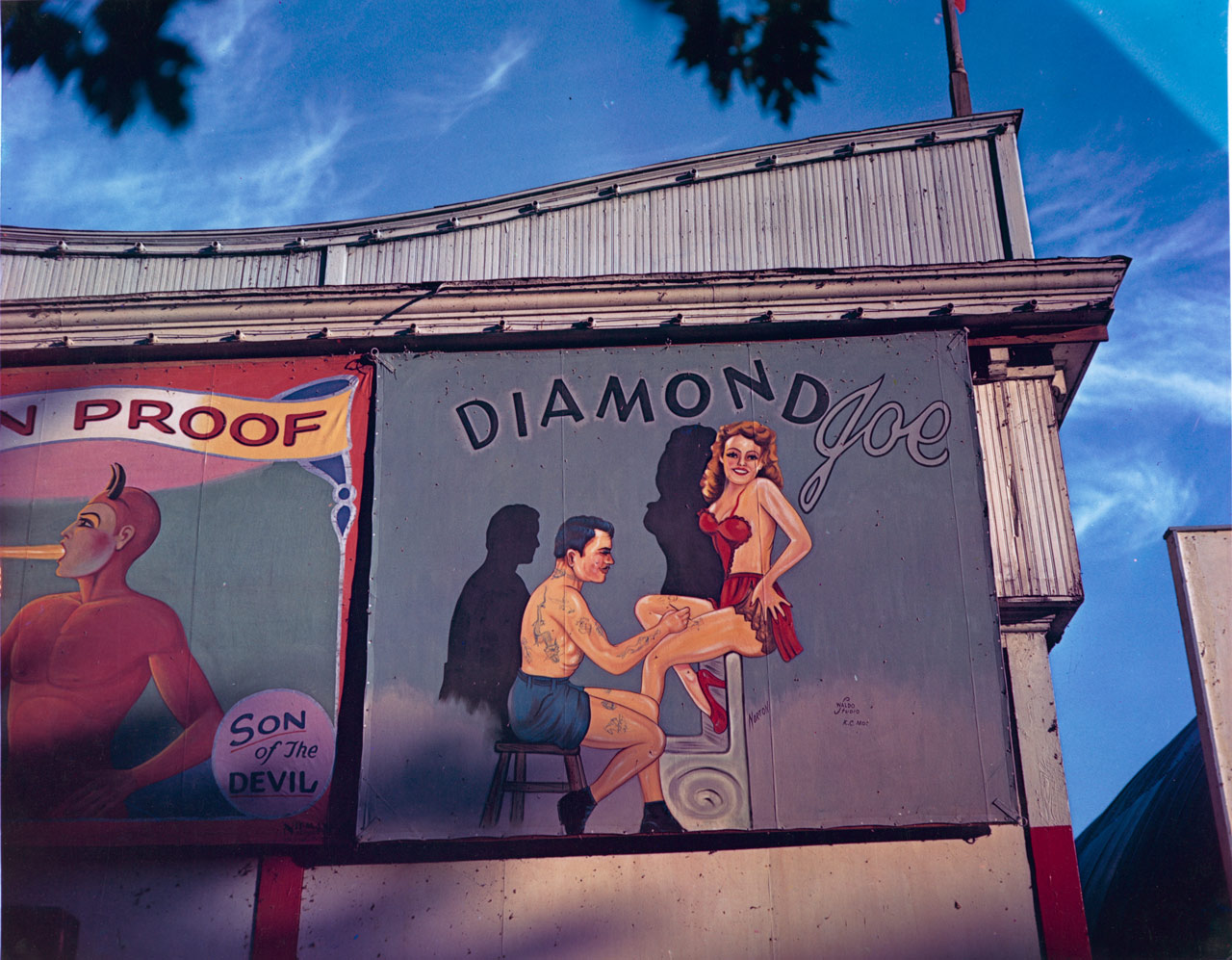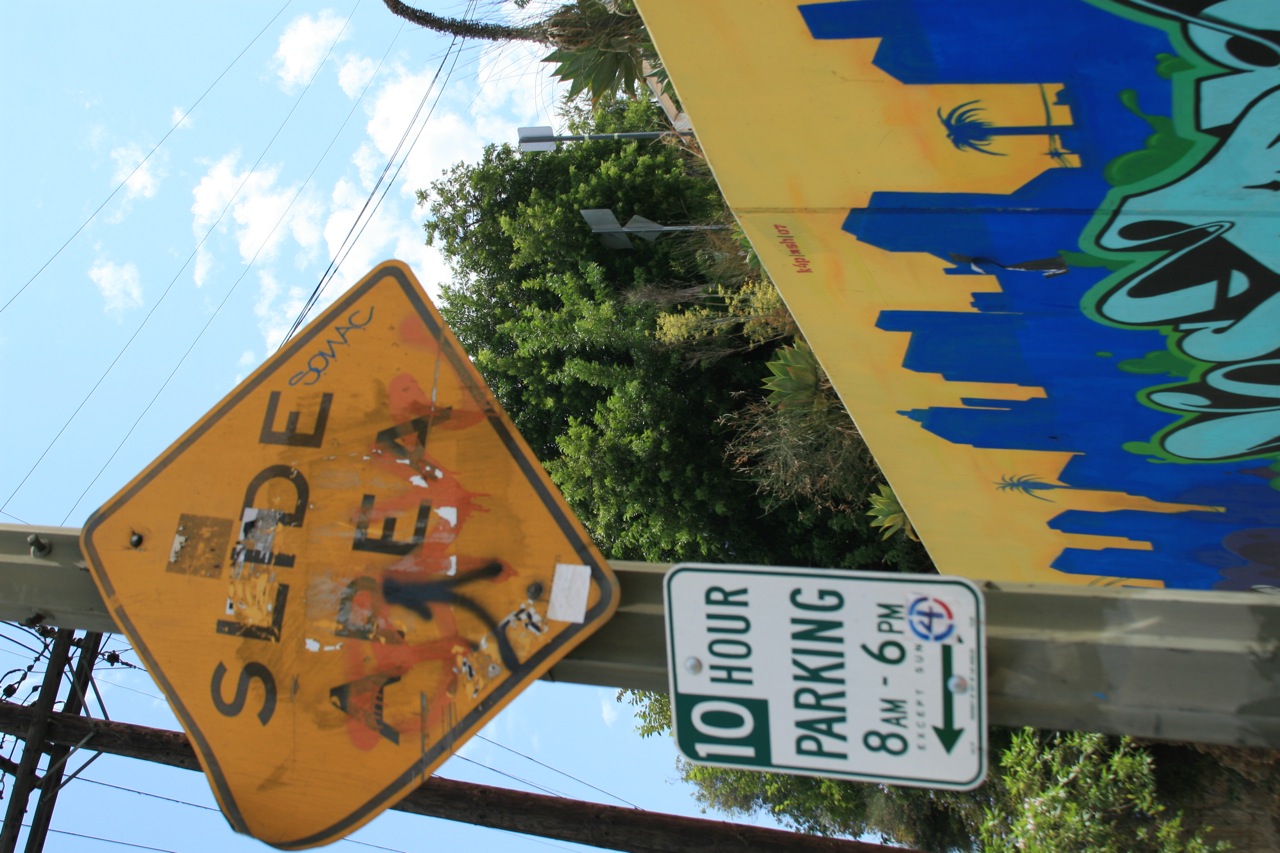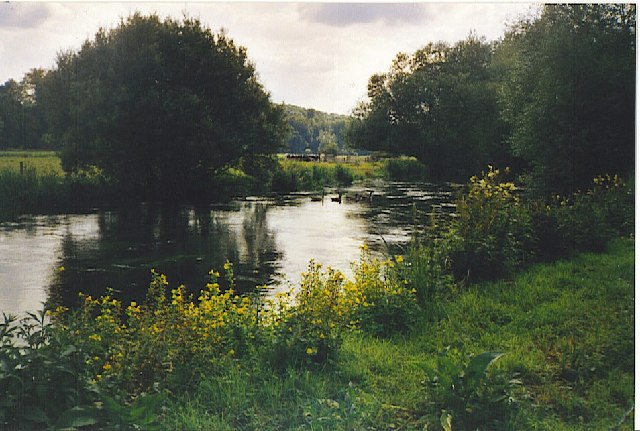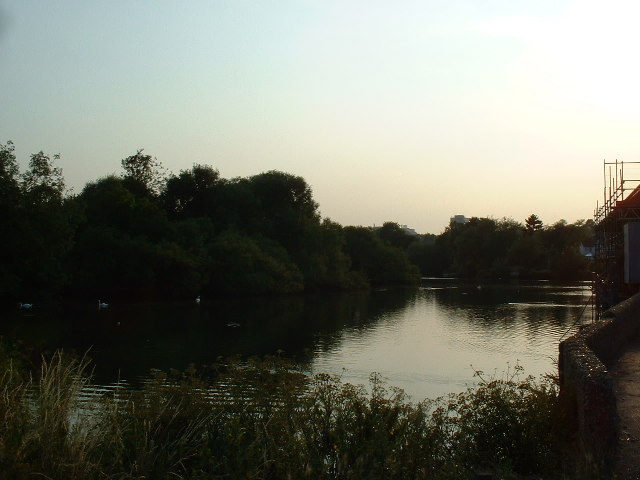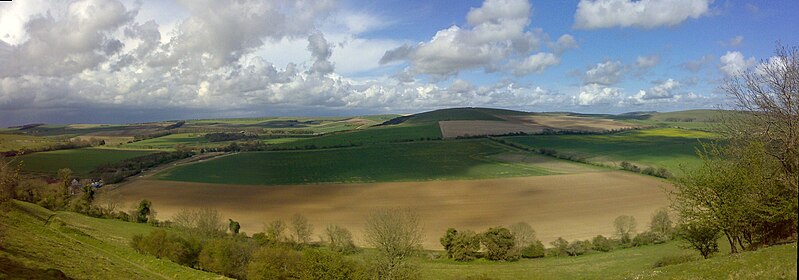.
.......Torbay:
........a bowl of syrup light
....................From Paignton you can
........a bowl of syrup light
....................From Paignton you can
........watch the warship turn
..............................
.................to smaller seeming
......................a heart contracted
.......shade gathered to mass
...evidently marked as
......How lovely is the state
......wherein we're
......shadowed here
The sea goes from gold
..............to grey to gold again
...............
..............And always further out
..................(with limitless spread of merewif hair) .........
........forever writhes ecstatically
......shadowed here
The sea goes from gold
..............to grey to gold again
...............
..............And always further out
..................(with limitless spread of merewif hair) .........
........forever writhes ecstatically






